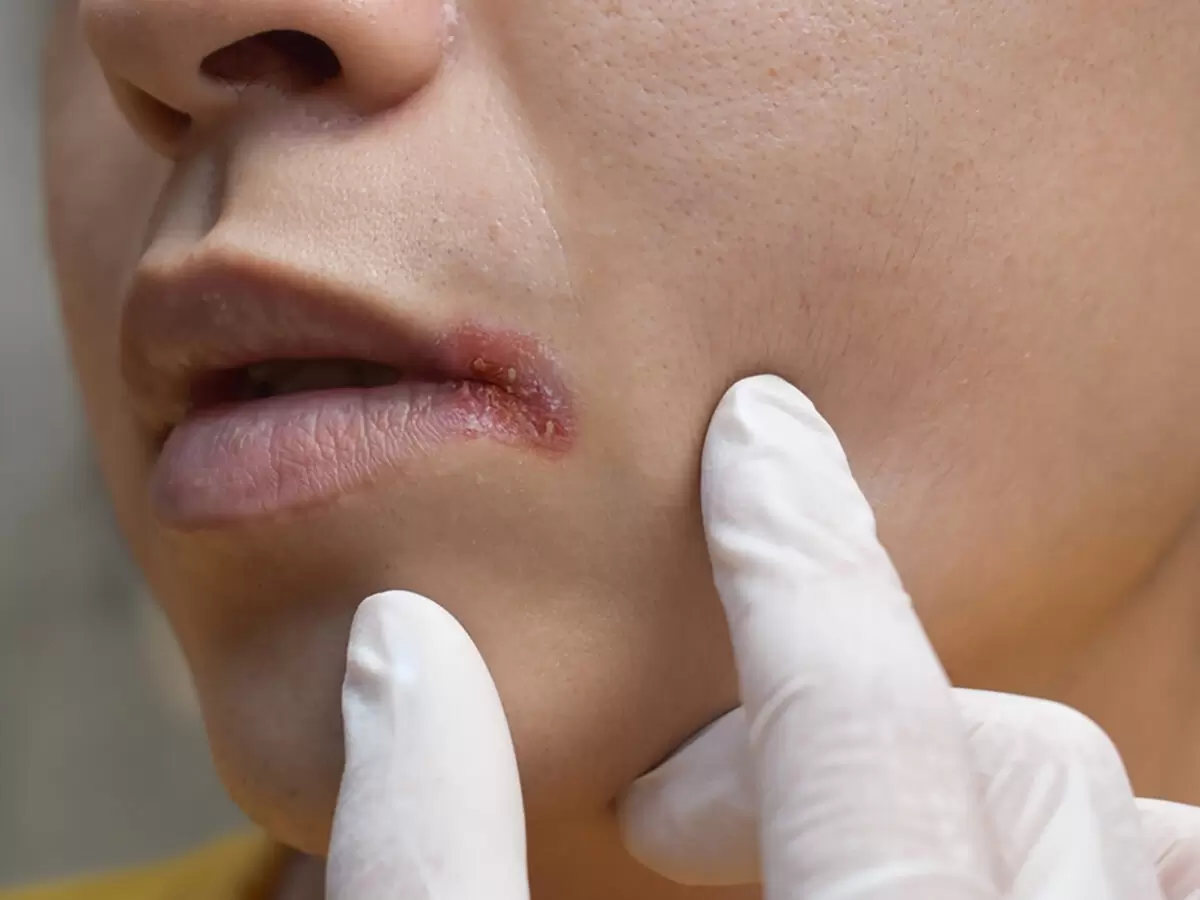Blog
Dental hygiene tips for healthy teeth & gums

How To Prevent And Treat Angular Cheilitis
Angular Cheilitis is a mouth sore caused by fungal and bacterial infections. It is easily treatable with medications and is expected in the corners of the mouth and the outside area of your lips.
Angular cheilitis is usually diagnosed by a doctor or dermatologist, who examines your mouth and checks for other skin irritations. They will ask about your medications and lifestyle and review your personal and family history.
It is a short-lived disorder that usually consists of red and swollen patches. In this blog, you will learn in detail about Angular Cheilitis and understand how they are treated.
Symptoms of Angular Cheilitis
The most common symptom of Angular Cheilitis is that it appears on the corner of the mouth. It can be a painful blister that might even have redness and bleeding. Here are some of the common symptoms of Angular Cheilitis:
- bleeding
- red
- swollen
- cracked
- blistered
- crusty
- itchy
- painful
Other symptoms of Angular Cheilitis include the following:
- oral yeast infection or thrush
- Eczema-like rash on the lower face
- redness on the palate of the mouth
- saliva at the corners of the mouth
- deep cracks called fissures
What causes Angular Cheilitis?
Certain reasons might lead to Angular Cheilitis. Usually, the saliva collected in the corners of the mouth causes the condition when it dries and cracks the surrounding tissue. This moist but cracked tissue invites yeast and bacteria formation, turning it into a blister-like form. Candida yeast and Staphylococcus bacteria are common Angular Cheilitis-causing germs.
Risk Factors
Certain risk factors are associated with Angular Cheilitis. It might include:
- poor-fitting dentures
- having misaligned teeth
- losing a substantial amount of weight
- frequently licking your lips
- being a smoker
- Nutritional deficiencies, particularly vitamin B deficiencies
- frequent use of antibiotics
- using retinol products
- having a weakened immune system
- being over the age of 75
- having dry mouth
- having inflammatory disorders like Sjögren’s syndrome
- Chronic illnesses such as diabetes or inflammatory bowel disease (IBD)
- having Down syndrome
How is it treated?
Treatment options for Angular Cheilitis can include topical steroid creams, oral antifungal medications, and antibiotics you can apply to the affected area or take by mouth. Most cases clear up within two weeks with treatment. Lip balms and petroleum jelly can also moisturize and protect the lips. Talk to your doctor if your condition does not improve after a few days.
Other treatment options may include:
- topical antiseptics to keep mouth sores clean
- topical steroid ointment
- Reducing mouth creases with filler injections
How to prevent Angular Cheilitis
You can prevent Angular Cheilitis by maintaining a good hygiene routine and practicing strict skin care. These tips will help you stay healthy and prevent harmful bacteria from building up in your mouth.
- Keep your lips moisturized rather than licking them
- It would be best if you quit smoking
- Manage diseases such as diabetes and anemia
- Prevent vitamin or mineral deficiencies by eating a healthy diet
Conclusion
It is common for angular cheilitis to develop due to saliva accumulation in the corners of your mouth, creating an environment where bacteria can thrive. The condition is more common among older people, babies, and young children and can usually be treated with medication.
Our dental office in Crosby TX can determine the exact cause of the disease, which will determine the course of treatment. Otherwise, it can last for years and permanently change your skin. Angular cheilitis is easily treatable and does not require any advanced diagnosis. But if it does not clear up within a week or two, it can be painful and even bleed, worsening your skin condition.


